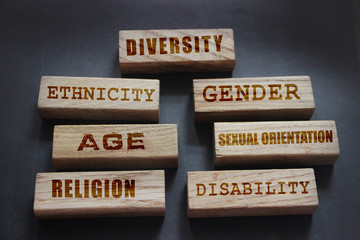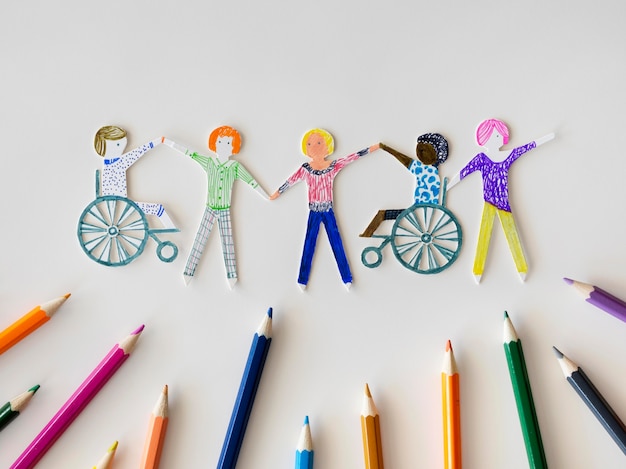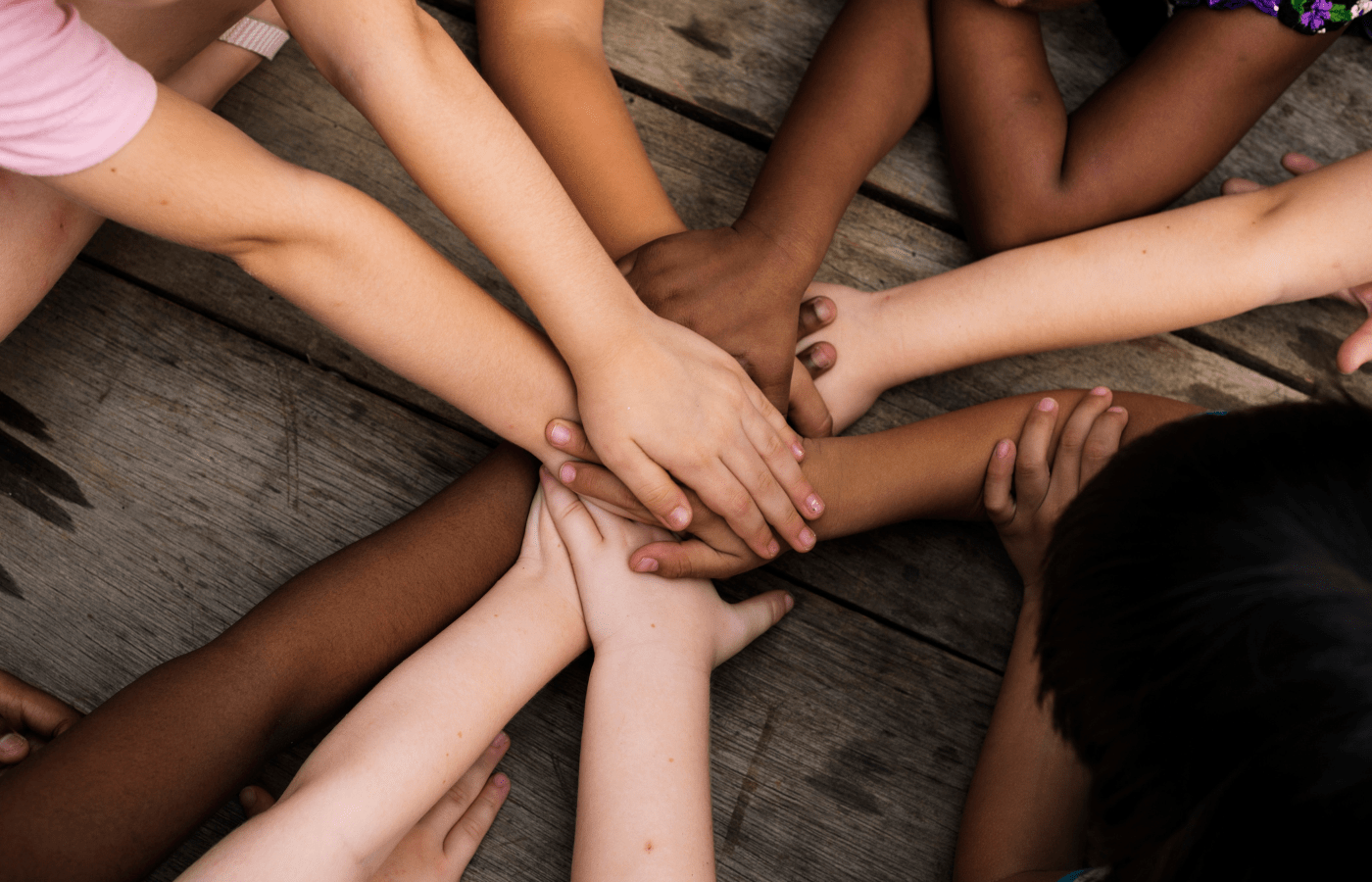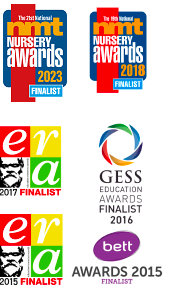
We all know how individual children are in their personalities, learning and development, but how do you ensure your setting and the children’s development and experiences are inclusive and diverse?
It’s important to enable children the support and environment to develop and understand their own identity and have the freedom to express themselves whilst learning about boundaries and appropriate behaviours.
However these experiences and opportunities still require planning, observing and next steps to acknowledge what and how a child is learning and to support and encourage their development.
So how do you manage to remember including inclusivity and diversity amongst all the other elements of child development reporting and the general day to day tasks within the setting routine?
Sometimes these factors are unfortunately not always proactively addressed and as in all elements of life we only provide a solution when we are aware of a challenge – it is from then we can look at the world through a different lens.
Importantly the underlying factor to remember is not about treating children the same way, but ensuring that they have the same opportunities, treated fairly and that their individual needs and interests are understood and considered.

Inclusivity and diversity are not just aimed at the inclusion of children with disabilities and SEN, but also include culture, lifestyle, home environment and society and doesn’t have to start with the children’s influences. You may have a staff member from a different cultural background or who may use a hearing aid, who would like to share their experiences and knowledge with the children and possibly also educate and inspire their colleagues. There may be children who speak about characters in books or tv shows who celebrate different events in the calendar or celebrate traditional global events in different ways, such as Christmas where in Europe they exchange gifts on Christmas Eve and celebrate with Midnight Mass and a grand meal.
- What inspiration can you take from your setting and the location??
- What history does the town/area have that you could explore with the children??
- Is the location well known for anything??
- Could you speak with the local emergency services to come and visit or any parents to talk about inclusivity and diversity in the workplace – what training/qualifications do you need in those roles and what influenced those people to join that sector??
Provide older children with “baby” toys, how do they use them differently now? Are they talking about the shapes, colours and textures of the object? Are they looking and asking how it works, what noises it makes? How does it flash different colours?
- Try some baking from different cultures
- Learn Hello/Goodbye in different languages and BSL
- Have resources such as clothes and toys from different countries available for children to explore
- Discuss different animals from different countries
- How diverse can you be with your experiences and opportunities???
Nursery World also look at this topic and share a New Anti-Racism Guide for early years –
Having also explored the topic of stereotypes in children’s books –

